
Iron Ore Mining Company Settles Environmental Dispute

CMIC’s current iron ore reserves are expected to run out in about six years and the anomaly located close to the company’s current mines is seen as its only salvation.
“Considering the huge investments undertaken [in CMIC] for completing the steel production chain, resurveying the iron ore reserves in mineral zones around Chadormalu was necessary. The new understanding between Chadormalu and DOE will make a precise assessment of D19’s reserves possible,” Bahraman was quoted as saying by Bourse24.
The exact date for starting exploration operations has yet to be announced, according to CMIC’s public relations.
The importance of the new agreement lies in the fact that a dispute between CMIC and DOE over the D19 anomaly had been going on for well over a decade. Located in Yazd Province, the zone holding new potential reserves is part of a protected area that is home to the Asiatic cheetah and the Persian leopard. Protected areas in Iran are managed by DOE and its consent is mandatory to allow any activity in the zone.
Chadormalu has made “pledges” to DOE for safeguarding the zone’s environment, an official at CMIC told Financial Tribune via telephone.
“Our other mine is already operational in close proximity to the anomaly and we have taken measures to protect the environment there,” he said.
CMIC has reportedly created 80 hectares of green space around its main mine that is located 180 kilometers from Yazd city.
The company has the capacity to produce 10.5 million tons of iron ore concentrate, 3.4 million tons of pellets and 2 million tons of steel per year. It is one of the Middle East’s largest iron ore concentrate producers, which reached an output of 9.05 million tons of the material in the last fiscal year (March 2016-17), according to statistics released by Iranian Mines and Mining Industries Development and Renovation Organization.
Chadormalu’s main stakeholders include Omid Investment Management Group with a 39.17% stake, Mines and Metals Development Investment Company with 16.6% and Mobarakeh Steel Company with 8.23%.
The company’s continued production is also essential for Iran’s steel expansion program. The government aims to turn the country’s steel industry into the world’s sixth largest manufacturer as per the goals set in the 20-Year Vision Plan (2005-25), which stipulates the production of 55 million tons of crude steel. In order to realize this figure, over 150 million tons of iron ore are required.
The new mineral zone holds an estimated reserve of 100 million tons of iron ore, according to CMIC’s Managing Director Mahmoud Nourian.
Chadormalu’s investors reacted favorably to the news, propping up the company’s stocks after weeks of stagnant trading.
More than 45.1 million of CMIC’s shares valued at $1.84 million were traded on Tuesday. Listed on Tehran Stock Exchange under the ticker “CHML” with a $1.36 billion market cap, the company’s shares grew 4.99% on Tuesday to 1,556 rials per share.
Chadormalu’s earnings per share and price to earnings ratio at TSE stand at 224 rials and 7.08. This is while the company had recorded only seven days of gaining in trade in the month ending August 22. Tuesday saw the month’s highest trade volume and value.
Interestingly, the company issued a statement to its investors on Wednesday via Codal.ir that despite “Mr. Bahraman’s comments . . . any news regarding a written and finalized agreement will be announced promptly.” It seems the company has simply tried to be on the safe side of its oral agreement with DOE. Investors, however, always pick at any possible rumor in the market and CMIC has successfully exploited this.

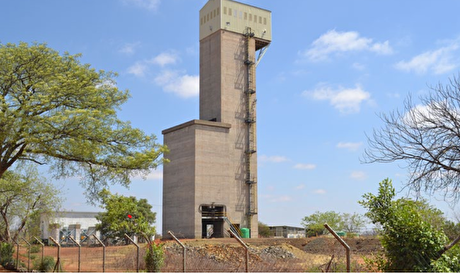
NexMetals receives EXIM letter for potential $150M loan
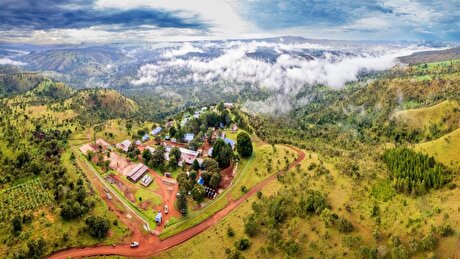
Lifezone Metals buys BHP’s stake in Kabanga, estimates $1.6B project value

China quietly issues 2025 rare earth quotas
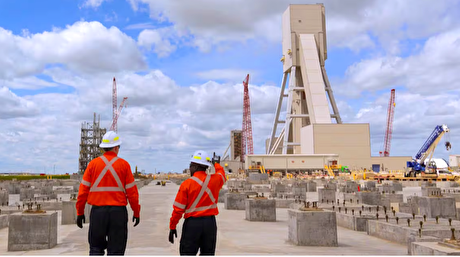
BHP delays Jansen potash mine, blows budget by 30%
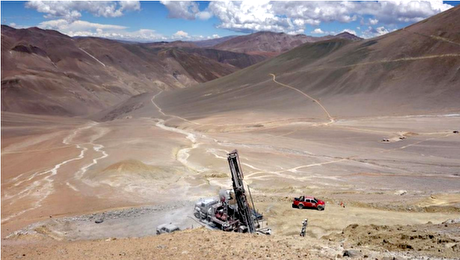
BHP, Lundin JV extends useful life of Argentina copper mine

Gold price eases after Trump downplays clash with Fed chair Powell
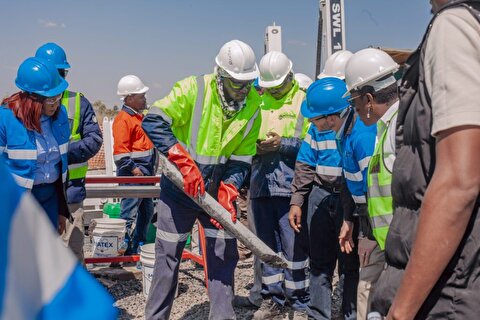
KoBold signs Congo deal to boost US mineral supply
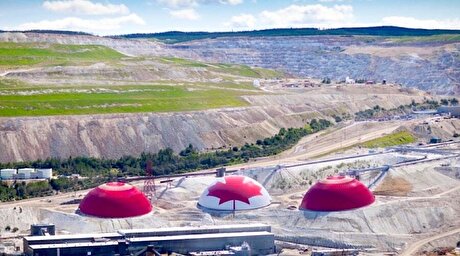
Teck approves $2.4B expansion of Highland Valley Copper
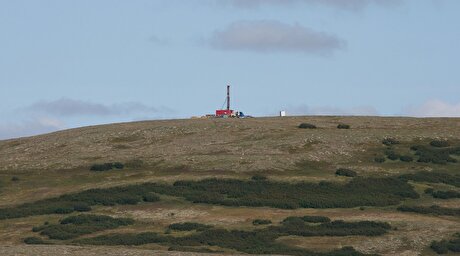
Northern Dynasty extends losses as it seeks court resolution on Pebble project veto
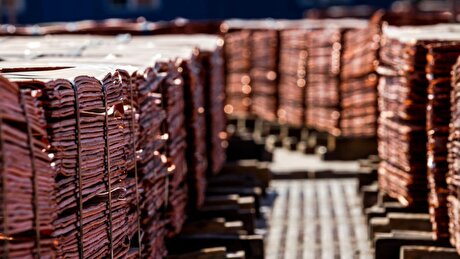
Copper price pulls back sharply ahead of US tariff deadline

Teck approves $2.4B expansion of Highland Valley Copper
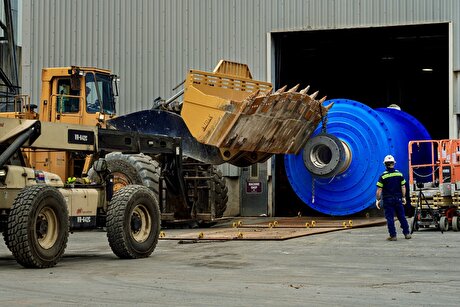
Titan Mining targets Q4 2025 to become only integrated US graphite producer
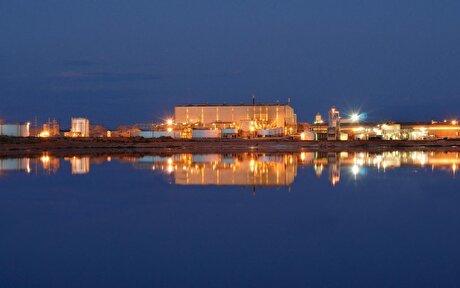
Energy Fuels surges to 3-year high as it begins heavy rare earth production

Saskatchewan Research Council adds full-scale laser sorter to mining industry services
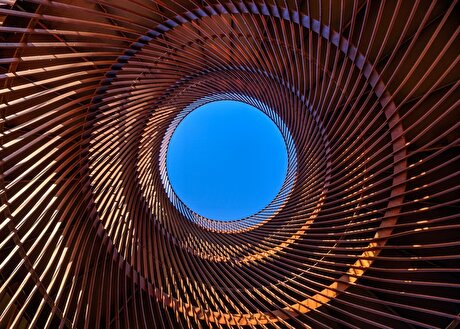
Copper price hits new record as tariff deadline looms
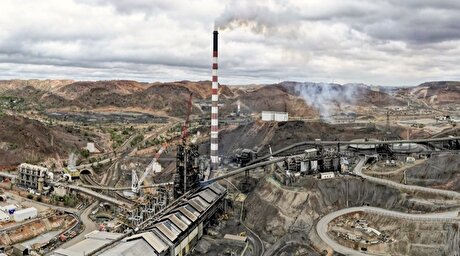
Glencore workers brace for layoffs on looming Mount Isa shutdown
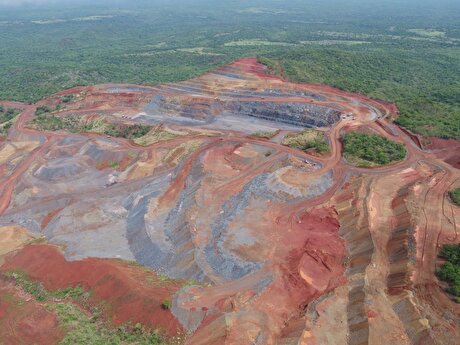
Resolute publishes initial resource for satellite deposit near Senegal mine
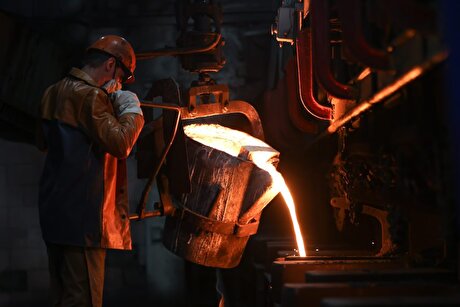
Brazil producers look to halt pig iron output as US tariff threat crimps demand
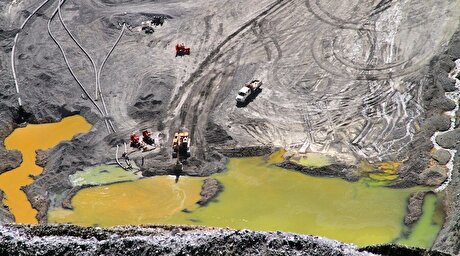
US targets mine waste to boost local critical minerals supply

Titan Mining targets Q4 2025 to become only integrated US graphite producer

Energy Fuels surges to 3-year high as it begins heavy rare earth production

Saskatchewan Research Council adds full-scale laser sorter to mining industry services

Copper price hits new record as tariff deadline looms

Glencore workers brace for layoffs on looming Mount Isa shutdown

Resolute publishes initial resource for satellite deposit near Senegal mine

Brazil producers look to halt pig iron output as US tariff threat crimps demand

US targets mine waste to boost local critical minerals supply

Gold price eases after Trump downplays clash with Fed chair Powell














